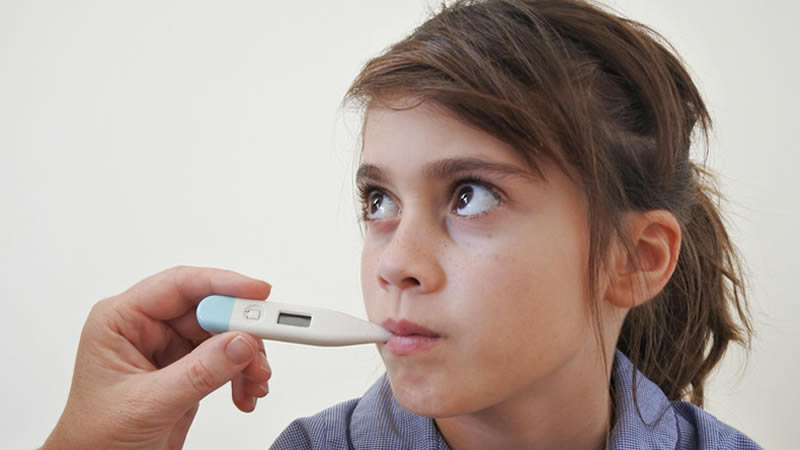An old jokey myth about grade-school nurses is that all they ever do is take your temperature and send you back to class (via Brooklyn Eagle). However, as all things said in jest, there’s a kernel of truth here. In fact, school nurses don’t “only” take your temperature; rather, they “always” take your temperature.
That’s because body temperature is one of the most readily observable means for assessing human health, along with respiratory rate and heart rate.
These measures are referred to as “vital signs,” where “vital” is used to mean “life.” In other words, vital signs are signs of life. Without breath, there can be no life. Without a heartbeat, there can be no breath. But where does body temperature fit in?
According to a 2019 academic paper published in the Nature Public Health Emergency Collection, since the dawn of clinical medicine, body temperature has always been a diagnostic tool. The elevated temperature was seen as a sign of illness, for example.
Cold flesh was a sign of death. Prior to the development of the thermometer at the turn of the 17th century, however, there was no way of measuring body temperature with precision, per The Conversation. And it wasn’t until 1851 that scientists realized normal human body temperature hovered narrowly around 37 degrees Celsius (98.6 degrees Fahrenheit). Since then, body temperature, its measurement, regulation, and significance, have been delivering enormous insight into human health. Here are some of those insights, along with lots you never realized about body temperature.
Normal body temperature might surprise you
The notion that the normal human body temperature is 98.6 degrees Fahrenheit dates back to 1851, according to The New York Times. That’s when German doctor, Carl R.A. Wunderlich, systematically measured the body temperatures of 25,000 patients and came up with 37 degrees Celsius (i.e., 98.6 degrees Fahrenheit) as the average “normal” human body temperature.
It quickly became the standard by which human body temperature was measured. However, even at the time, doubts were raised. Based on other studies conducted then, some believed the number was actually closer to 36.6 degrees Celsius (97.8 degrees Fahrenheit) or even lower.
Doubts persisted throughout the years. In 1992, a study published in JAMA suggested that there may have been some flaws in the early form of thermometer that Wunderlich used. By 2017, U.K. researchers had found that the average healthy body temperature among 25,000 British men was 97.9 degrees Fahrenheit, begging the question of whether there was, in fact, a flaw in Wunderlich’s study, versus there being some phenomenon by which body temperature was getting lower in humans.
A 2020 study out of Stanford would seem to prove the latter. Analyzing 677,423 human body temperature measurements over the 157 years between 1862 and 2019, the scientists found a clear pattern of decreasing body temperature in humans over time. The pattern, which is continuing still, shows a decrease of around .03 degrees Celsius per decade, per Smithsonian Magazine, which the study authors attribute to environmental factors.
Body temperature changes throughout your day and life
Although it’s widely accepted that human body temperature has dropped since it was first set at 98.6 degrees Fahrenheit, the “official” number has not changed in the two years since the 2020 study by Stanford made that abundantly clear.
Perhaps that is because we have also learned, over time, that what is normal for body temperature is not so much a number as it is a range, according to the Mayo Clinic, which puts that range as being between 97 and 99 degrees Fahrenheit.
For example, the normal temperature for a newborn baby skews higher, according to Medical News Today, which estimates it as 99.5 degrees Fahrenheit, citing InformedHealth.org. The higher temperature reflects a faster metabolism, and a faster metabolism marginally raises body temperature. Conversely, the normal temperature range for older adults skews lower, according to Harvard Health — as low as 94 degrees Fahrenheit.
Incidentally, the bodies of both babies and older adults are less efficient at regulating body temperature, according to Medical News Today and Cleveland Clinic. That may explain why both babies and older adults may seem less tolerant of temperature changes.
In addition, body temperature tends to increase with activity, and it’s lowest in the morning when we first wake up for that very reason. Although body temperature veers to rise within its normal range over the course of the day and evening, it tends to decrease again as we get sleepy and decrease further still as we sleep (per WebMD).



